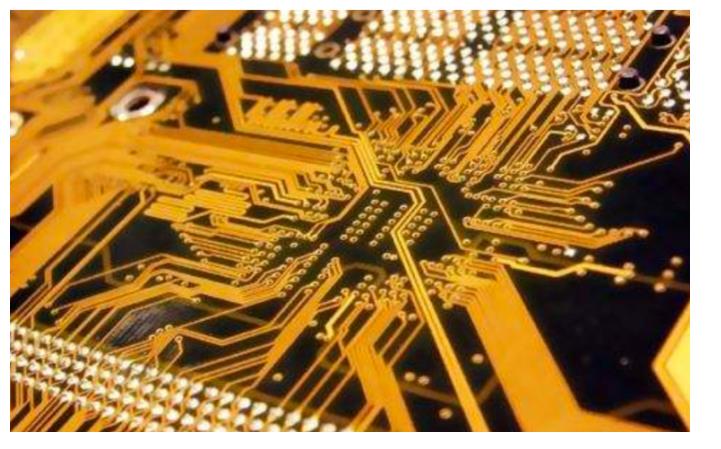Nowadays electronic products are thin and short with the pursuit of higher signal transmission quality development trend, making the printed circuit board size is becoming smaller and smaller, the density of each layer is becoming larger and larger, especially when the signal speed continues to accelerate, Crosstalk problem is becoming more and more serious. Crosstalk will directly affect whether the signal can be received correctly, so how to reduce noise interference has become an important issue for PCB design teams.
This article will explain how to use Allegro through design examples. IDA (in-design analysis) Crosstalk analysis function In PCBDesigner, as long as the part model is mounted, EE/Layout personnel can synchronize si-level Crosstalk analysis In the design, eliminating common signal Crosstalk problems In advance. And achieve more results, improve the design efficiency, reduce the probability of bad.

1. Crosstalk challenge
When we are in a low-ceilinged office environment, it is easy to pick up the source of the sound pressure in different directions if we are surrounded by several excited and engaged colleagues, and sometimes the effect of the sound pressure is more pronounced when several people in the same direction speak at the same time. When this situation occurs in the design of electronic products, it is a common Crosstalk problem!
Crosstalk, also known as crosstalk interference, is an inductive/capacitance coupling between two transmission lines. A signal that slogs away from an acTIveline or attack line will victimize a static line without a signal, resulting in a coupling interference problem. In the example shown in Figure (1) below, the working voltage of the attack line next to the victim line is either 1V or 2.5V. Due to different intensities, their influence on the coupling noise produced by the victim or static line will also be different.
Nowadays, the thin and short electronic products with the pursuit of higher signal transmission quality development trend, making the circuit board size is becoming smaller and smaller, each layer line density is also becoming larger and larger, especially when the signal transmission speed continues to accelerate, crosstalk problem is becoming more and more serious, how to reduce noise interference has become an important topic for PCB design team to face.
2. Cross talk suppression solutions
Crosstalk directly affects whether the signal can be received correctly, and it is a thorny problem for PCB design! In order to reduce crosstalk, some use the 3W rule to ensure that the lines are sufficiently spaced not to interfere with each other. However, as discussed in Tip II -Coupling, the 3W rule is checked solely by spacing, which has the disadvantage of insufficient accuracy and may also lead to increased costs.
When we take a closer look at crosstalk analysis, different operating voltage levels have different effects. Under different phase combinations, some may have the opportunity to reduce or even cancel out the opposite phase, and some may be magnified due to the influence of the same phase, or with the victim line is high or low level will also have different degree of interference. Therefore, we need to analyze and check various interference Settings, but different methods have different accuracy. The higher the accuracy of the method to move to the right is, namely, EsTImatedXtalk and SimulatedXtalk. However, you need to put Models on the part to get the part's behavior to achieve better results.
Therefore, for PCB design, in addition to the Coupling signal Coupling screen, which has been introduced previously, if a more detailed signal crosstalk analysis is needed because of the strength/behavior of interference sources, etc., if there is an intuitive auxiliary analysis tool, as long as it is coupled with the mounting of parts model, Its analysis will have the characteristics of the part model and will consider the above various situations, so that they can carry out SI level crosstalk analysis synchronously in the design and achieve more results, without relying on SI personnel, so as to improve the design efficiency and reduce the probability of bad.